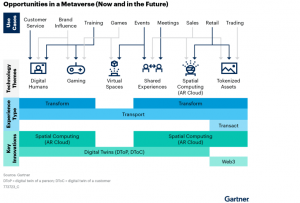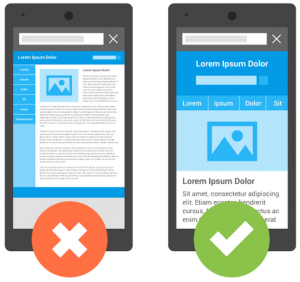While we are all aware that video is a dominant feature of contemporary marketing, the way in which we source, access and view audio-visual content is changing. This is thanks primarily to the rise of mobile technology, as smartphones and tablets become increasingly sophisticated with every passing quarter.
More specifically, an estimated 35% of viewers are accessing more online videos through their mobile devices that at the same time last year. This is a huge increase, while it has also been confirmed that more than one-third of this demographic are watching longer form content (in excess of five minutes) at least once every day.
The rise of Mobile Business: How to create Content for this Medium
There is no doubt that constantly evolving hardware is driving this market shift, with contemporary devices such as the iPhone 6 Plus and the majority of Android handsets featuring increasingly capacious, high-resolution screens. Allied with the convenient and multi-functional nature of smartphones, this creates a potent combination that is difficult for business owners to ignore. Doing it well is easier said than done, however, especially if gaps in knowledge or financial resources undermine your efforts.
So if you are keen on optimizing this medium, you will need to create content that is compatible with mobile, engaging and capable of delivering value for your investment. Here are some steps towards achieving these goals: –
Set your Budget and understand the type of Video you will need to Create
While there are numerous types of mobile advertisements and video content available, not all will be suited to your budget. Take premium, in-stream video content, for example, which appears directly before clips or as a commercial break within the infrastructure of an app or publisher. This type of advertising associated brands with top-tier digital brands and enables businesses to target specific demographics, so it is the dream ticket for most organizations.
Despite this, this type of mobile content is costly and difficult to create. Not only must all in-stream videos be professionally developed and captured in high definition, but must also compete with similarly positioned content if it is to achieve potential CPM rates in excess of 90%. If this is beyond your means, you will need to consider cheaper and shorter alternatives that are easier to create and capable of delivering greater value.
These alternatives include interstitial video applications and in-banner advertisements, although you should research these more costs-effective options in detail before making a decision.
Use YouTube to your Advantage
Once you have settled on a specific format for your video, the next step is to ensure that this is accessible to a wide and motivated target market. To achieve this it is important to understand how potential customer search for video content on their mobile, and you may be surprised to note that YouTube is dominant in the current market. An estimated 62% of viewers use direct YouTube searches to source content, for example, while just 20% used Google and similar engines.
As a result of this, it is important to ensure that YouTube is central to composition and distribution of your video. While in-stream promotional videos can be partnered with targeted content that reaches out to your chosen audience, you can also look to host your material on YouTube as a standalone entity. This can then be optimized with a compelling title and SEO-compliant description, which will enhance the visibility of your content and drive mobile traffic to your website.
Create Responsive Mobile Videos and Advertisements
With any kind of mobile advertising, responsive content is extremely effective. This is due to the immersive nature of mobile devices, and the fact that users instinctively expect to interact with content through clicks and direct actions. This can be harder to achieve with video content than it can be through simple banner ads, but advanced technology and in-stream capabilities are making this easier than at any point in history.
With this in mind, it is relatively simple to create a mobile video that is interactive and easily navigable in equal measure. You can integrate real-time calls to action (CTA’s) during the course of your video, for example, directing viewers to click on an icon and complete a specific action. This can also be used to drive traffic to your website, so long as you create an organic hook that seamlessly affiliates your brand with the content and CTA.
There is also an opportunity to be creative in this regard, especially if you target core mobile features such as SMS messaging and email capacity. Take the example set by Taco Bell, who secured a staggering 13,000 SMS subscribers simply by compelling customers to send a text in exchange for a free drink (during the course of a mobile video). This campaign also drove an estimated customer retention rate of 93%, so this is well worth consideration when creating video content for mobile devices.
Digital & Social Articles on Business 2 Community(68)







